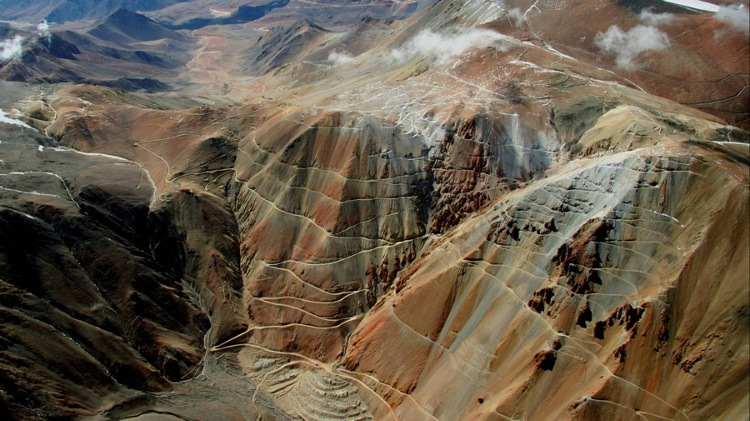The last year has been a roller coaster ride for Canadian-listed junior mining companies.
At mid-year, according to a report released this week from PwC, junior miners were flush with cash. Collectively, the top 100 mining companies listed on the TSX venture had $1.9 billion to spend, which represented a 21 per cent jump in comparison to the year before.
That boost translated into more drills turning, according to the latest quarterly results from Major Drilling, which does exploration work around the globe. The company saw reported revenue increase by 20 per cent as compared to the same period last year as “demand for [its] services continued to grow,” as did the opportunity to raise the price it was charging for drilling.
Spending by juniors, however, was not reckless. According to the PwC report, which was based on figures up to June 30, said that investment by juniors “increased gradually by four per cent, to $1.2 billion, which suggests that as management teams look for new opportunities, they continue to impose financial discipline after emerging from the industry downturn in 2016.”
Related: Industry groups cheer Canada’s extension of mineral exploration tax credit
More recent developments have shown that was a prudent strategy. Since then, commodity prices have fallen in the second half of 2018. The price of copper plummeted from US$3.30 per pound in June to around US$2.80 per pound in December. Between July and November, investment in junior miners dried up and the market capitalization of the juniors listed on the venture exchange fell 13 per cent.
“There were many factors at play in contributing to this drop, for example the expectation of slower global economic growth, a possible recession resulting from global trade uncertainty and competition for investment capital from other industries in Canada such as cannabis and fintech,” Dean Braunsteiner, PwC Canada’s national mining leader wrote in an email.
In its mid-year report, PwC noted that exploration companies have tools available to them that they have not necessarily had in the past, which could potentially make exploration dollars go further. “Junior miners are also beginning to embrace digital technologies with a level of enthusiasm that did not exist prior to the industry downturn a few years ago,” the consultancy stated in its press release accompanying the report. “Many are investing in automation, artificial intelligence, 3D modelling and the digitization of historical data. They’re looking at these tools as a means to boost efficiencies, control long-term costs, navigate through volatile commodity prices and differentiate themselves in the competitive marketplace for investor capital.”
Artificial intelligence in particular has been widely adopted by major miners like Goldcorp, which recently partnered with IBM to create the AI exploration tool IBM Exploration with Watson to find new drill targets at the company’s Red Lake mine. But AI is not just a luxury of majors. PWC highlighted how Falco Resources, using AI technology provided by Albert Mining Inc., analyzed historical data using pattern recognition software (CARDS) for it Four Corners project near Rouyn-Noranda, Quebec. Using gold and base metal signatures, the AI was able to identify 11 new exploration areas, four of which were investigated in summer 2018. Anomalous gold values were identified in multiple samples.
The value of new tools, noted PwC, has its limits. “Although cost-saving technology is important for junior miners, survival is everything.”
Heading into 2019, things could be looking up for the mining industry with base metals expected to improve as their demand exceeds supply. “We hope to see more of an upswing in 2019; however, some of the 2018 issues could persist,” wrote Braunsteiner. “Precious metals should do well with a slowdown in economic growth and a weakening US dollar, which many analysts are predicting. We are also seeing more deal activity, which is expected to consolidate in order to benefit from better economies of scale.”


